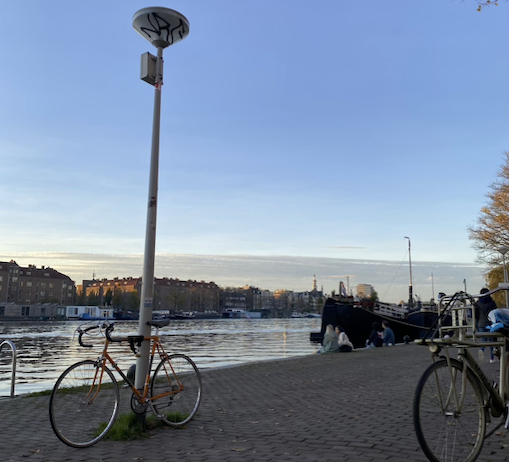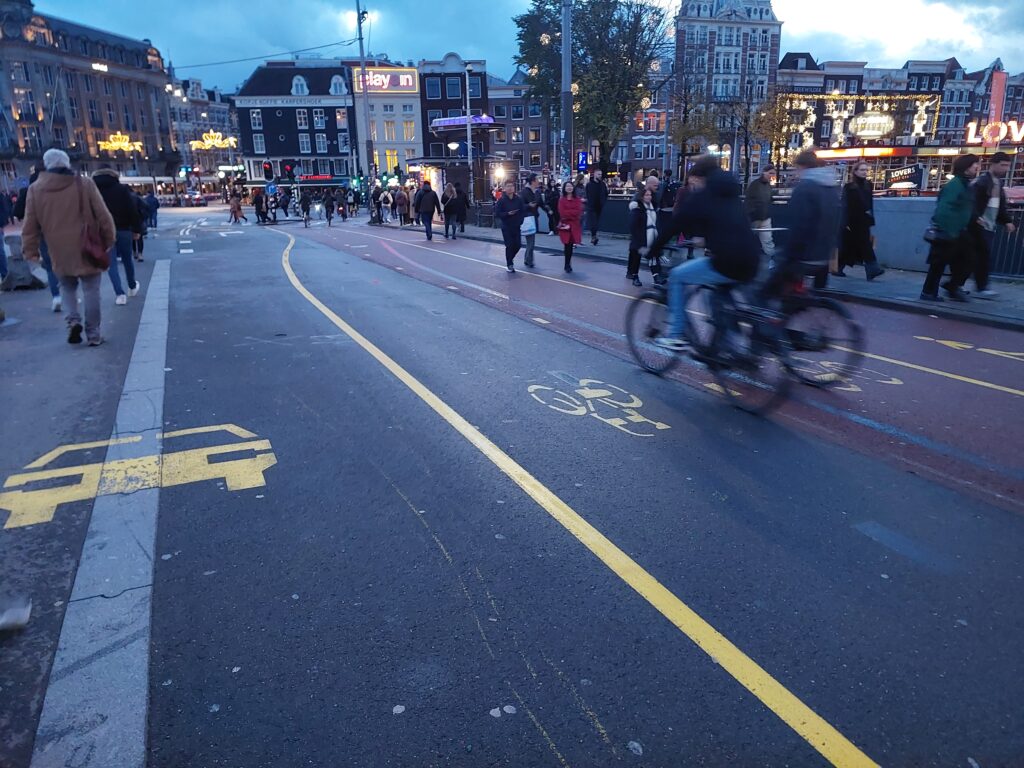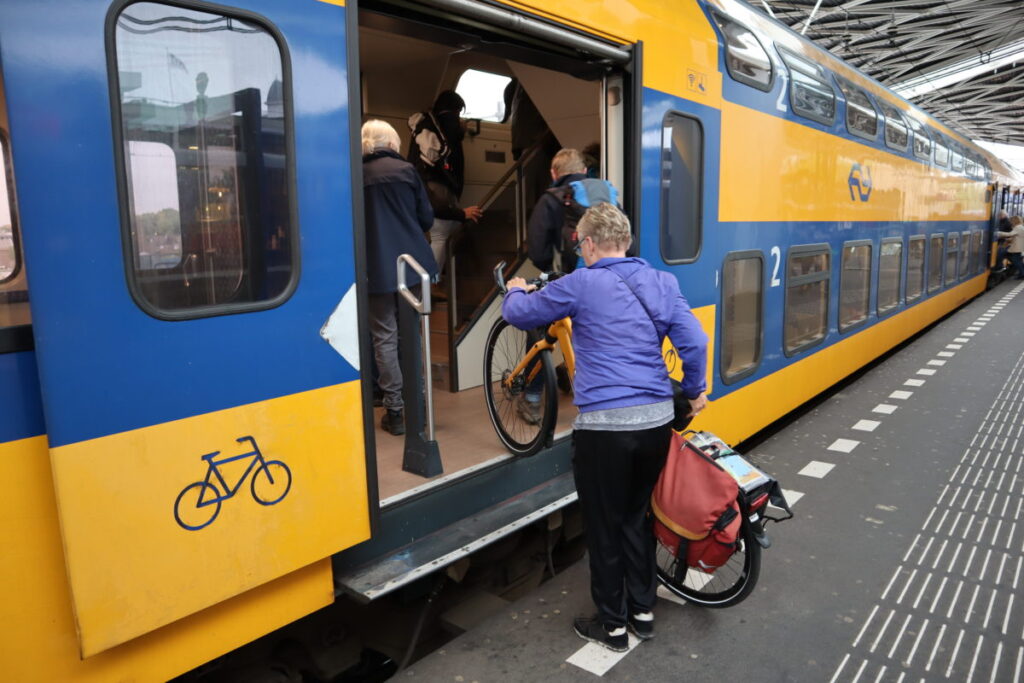Ilyes S. hammouda | LinkedIn
Selected final essay, published 21st May 2023
Ilyes is a civil engineer and cycling enthusiast interested in improving the quality of life in Oran, Algeria. He is a graduate of the University of Science & Technology in Oran and the University of Girona
Unraveling the Cycling City MOOC on Coursera
The bicycle has never been a tool of daily transport in my city – Oran, Algeria. While walking in the city, I always wondered why a road reserved for cyclists has not been set up, especially on roads less frequented by cars, where the asphalt has not been repaved for decades, and where they are mostly used by the inhabitants of this neighborhood to get from their homes to elsewhere.
Many shops and other businesses have closed on these streets, as their former customers preferred to go to the new neighbourhoods where it’s less congested and easier to find a place to park their cars. While some people may walk on these local streets to save time, most prefer to walk along the busy boulevards where tram or bus access is possible.
Many others will only use a car to get through the city, even though delays are common. Fear of assault, aggravated by narrow roads surrounded by old buildings with closed doors, is a deterrent to walking.

The Algerians changed their habits because of the civil war and insecurities during the 90s. They closed and locked doors behind them, added iron doors and fencing, and increased the height of their walls. Over the years, the city cut itself off and created imaginary borders. People no longer passed through narrow paths, even if it was safe:
Overseas in Algiers, citizens are not concerned by taxes on the width of buildings but they are concerned with their own cultural pressures for privacy. They will have to find protected entry transitions where the entrance doors are out of sight. [1]
But the 90s are over and they have to look ahead. As Albert Camus said, “In Oran, as elsewhere, for want of time and thought, people have to love one another without knowing it.” [2]

A city like Oran should be crossed in every corner, as its beauty is atypical. I sincerely believe that the establishment of roads for cyclists in the small alleys like the Achour Tabet med Street in downtown, and also near listed monuments such as the Bey palace, and many others, will change the way of moving and enable inhabitants to rediscover a part of their city. The adaptation of these alleys for bike use will dispel the psychological barriers and habits that have been implanted in the minds of the people due to a lot of factors.

It will also allow companies to relaunch, such as the state-owned motorcycles company (CYCMA) that barely manages to pay its fifty employees, and others to emerge such as startups to create services, connected bicycles and create rental services, and so forth.

Another important point is that during the implementation of the tram, the whole roads where the tram line passed was redone with new pavement and installations, but the other streets in downtown remained the same. They were never redone. This lack of maintenance recalls Wilson and Keiling’s theory of broken glass, which predicts that environmental imperfections will generate the feeling that the law does not exist.[3]
By defining a path for bicycles and adding parking spaces, we will give utility to these roads other than that used only by the inhabitants. It will add a plus to the neighbourhoods, in terms of frequentation and daily uses.

In recent years there has been a real interest in cycling, with many groups making bike rides through the city. Most of the time they ride on the weekends in the main boulevards, because the traffic is minimal and the lanes are free for cyclists. However, they don’t go on the small roads downtown.

Dutch towns and cities began introducing measures to make their streets more cycle-friendly.[4]
Some associations are trying to introduce a series of weekend car-free, with the upcoming Mediterranean games, the road service had interest in creating cycling paths near the new sport installations.
We have to rethink what can be accepted by the authorities and what can not, to let the cyclists feel safe enough to ride. As Brailford notes, “Taking shortcuts using sidewalks or zipping across on red lights is often the most rational decision a cyclist can make during these peak times.”[5]
Rethinking the roads in the city center and redeveloping them, adding a lane for bicycles will perhaps allow us to give a new utility and/or improve the living environment and give new life to these neighborhoods. Studies will have to be conducted to see in more detail the feasibility of things.

The questions that remains to be answered :
- How will people see the change in the city center?
- What time will it take to accept and adapt with cyclists?
- What will the Impact of cycling be ?
- What kind of change will we have in the behavior of the car drivers and pedestrians?
- How will the Scofflaw car drivers and pedestrians react after the introduction of the bicycle?
Sources :
- Marco te Brömmelstroet, Samuel Nello-Deakin, Jenny Quillien &Indranil Bhattacharya. ” Towards a pattern language for cycling environments: merging variables and narratives”. Article in Applied Mobilities · August 2018.
- Albert Camus. “The Plague (1947)”.
- George L. Kelling , James Q. Wilson.”Broken windows. The police and neighborhood safety”. The Atlantic, March, 1982 ISSUE
- Zee, Renate van der. “How Amsterdam Became the Bicycle Capital of the World.” The Guardian, May 5, 2015.
- Lucas Brailsford. “Cyclists behaving badly – understanding cycling disobedience in Amsterdam”. Sep 21, 2015.



